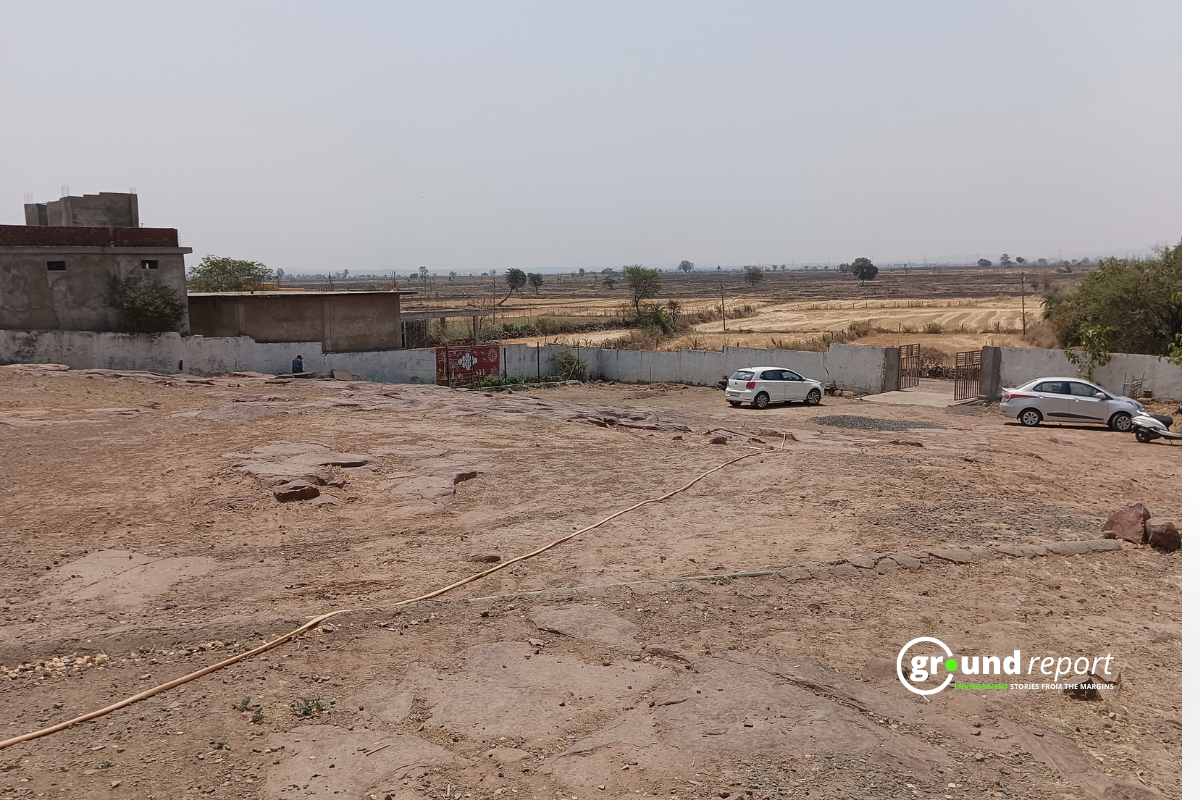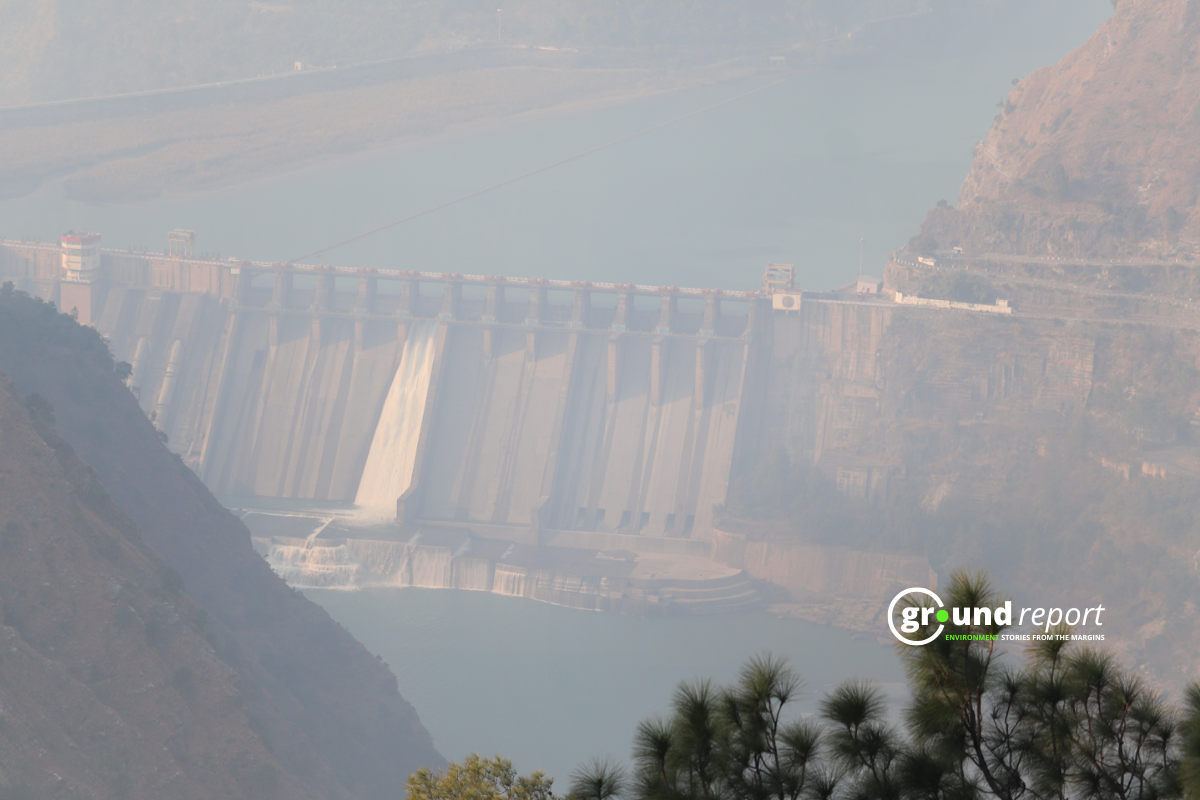India had its second-hottest year on record, according to the State of India’s Environment In Figures: 2024 report by Down to Earth and the Centre for Science and Environment (CSE). The report cited unusually warm winters, monsoons, and post-monsoon periods. The analysis revealed alarming figures about extreme heat conditions across the country, based on India Meteorological Department (IMD) data.
Record-breaking heat in 26 states
102 weather stations across 26 states and Union Territories broke their monthly highest 24-hour maximum temperature records in 122 years. Ten of these stations were in million-plus cities, including Bengaluru, Jamshedpur, Kochi, Kota, Kozhikode, Lucknow, Madurai, Thiruvananthapuram, Thrissur, and Visakhapatnam.
The analysis showed 27 weather stations with record-breaking temperatures in Andhra Pradesh, Kerala, and Tamil Nadu, nine each. Additionally, 34 weather stations reported record-breaking 24-hour maximum temperatures in September.
India recorded its hottest minimum temperature in 122 years. Temperature records were consistently broken in the last six months of the year. Minimum temperatures remained above normal in the other five months, with anomalies increasing from 0.57°C in July to 1.71°C in December, except for October. The country experienced its highest minimum temperature for December in 122 years, registering a notable anomaly of 1.71°C above normal.
Climate change is evident; SOE in Figures states 2023 was India’s second hottest year on record. 102 weather stations across 26 out of 36 states/UTs witnessed record-breaking temperatures. It was also very wet, with 69 weather stations across 23 states/UTs registering record-breaking rainfall.
In 2023, India faced extreme weather on 318 of 365 days. This resulted in 3,287 deaths and 2.2 million hectares of crop destruction. Lightning and storms were the most common extreme weather events in the first three months. Rajit Sengupta, a lead CSE researcher, said, “Hailstorms (under lightning and storms) were the most widespread event, reported in 25 states/UTs.”
Kiran Pandey, the other lead researcher, adds: “Close to 90% of new internal displacements in India are due to climate-related events. India ranks as the 20th most disaster-affected country.”
India’s GHG emissions doubled since 1994
India’s greenhouse gas (GHG) emissions reached 2,647 million tonnes of carbon dioxide equivalent in 2019, marking a 115% increase between 1994 and 2019. The energy industry accounted for 76% of the total national carbon dioxide emissions in 2019, while the land use, land use change, and forests sector absorbed 20% of India’s emissions in 2019.
Narain said: “India is experiencing an intense heat wave as we release this report. It’s a time to understand the crisis of a changing climate, supported by the data in this report — there’s clear evidence of rising heat and extreme weather events affecting the poorest in our world.”
Narain reiterated: “Our report points to priorities for planning — water scarcity, water and air pollution in cities, and declining public transport. This is where our focus should be. We need to craft plans with the climate change crisis in mind. We need clever solutions that work for growth, livelihoods, wellbeing, and address climate change.”
2024 temperatures above normal consistently
The trend continued in the first four months of 2024, with average minimum temperatures remaining above normal in three months – January, February, and April – with anomalies of 0.97°C, 0.79°C, and 0.88°C, respectively.
The southern peninsular region of India has experienced “above normal” average minimum temperatures throughout 2024. According to IMD’s monthly climate summaries, the region had its second-highest minimum temperature in 122 years during these months consistently.
The rising maximum and record-breaking temperatures in Delhi and other states are worrying. The trend for minimum temperatures in 2023 and 2024 suggests a new normal, indicating warmer nights.
These figures highlight the urgent need to combat climate change and address rising temperatures. Experts warn that extreme heat can have severe consequences for human health, agriculture, and the nation’s well-being.
Keep Reading
Part 1: Cloudburst in Ganderbal’s Padabal village & unfulfilled promises
India braces for intense 2024 monsoon amid recent deadly weather trends
Support us to keep independent environmental journalism alive in India.
Follow Ground Report on X, Instagram and Facebook for environmental and underreported stories from the margins. Give us feedback on our email id greport2018@gmail.com.
Don’t forget to Subscribe to our weekly newsletter, Join our community on WhatsApp, and Follow our YouTube Channel for video stories.










